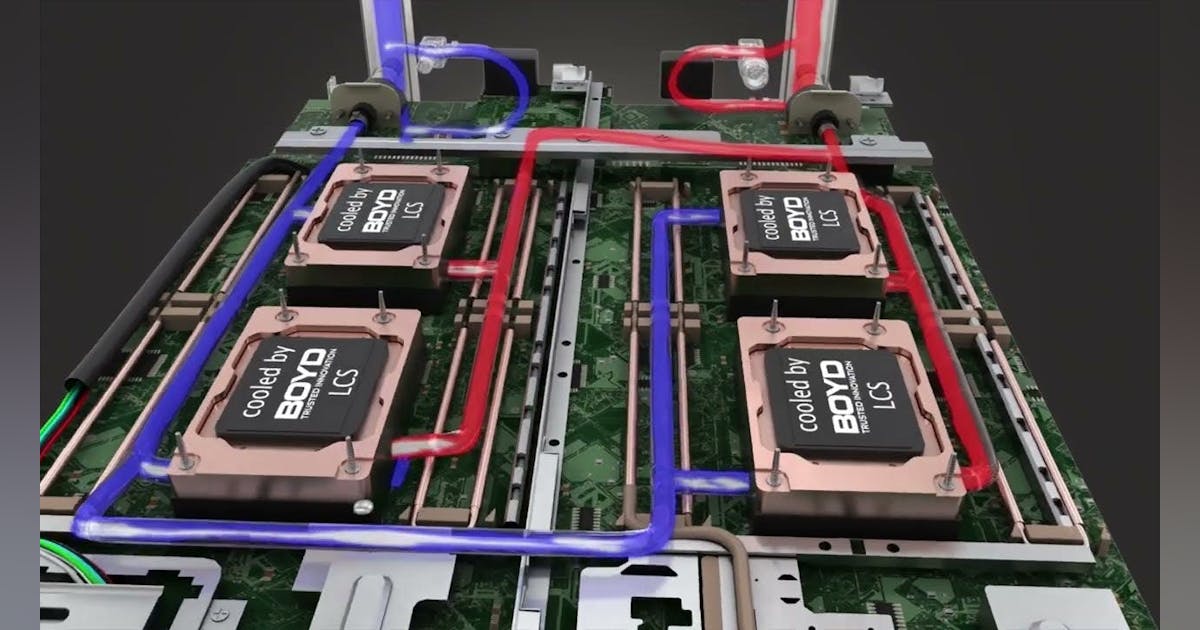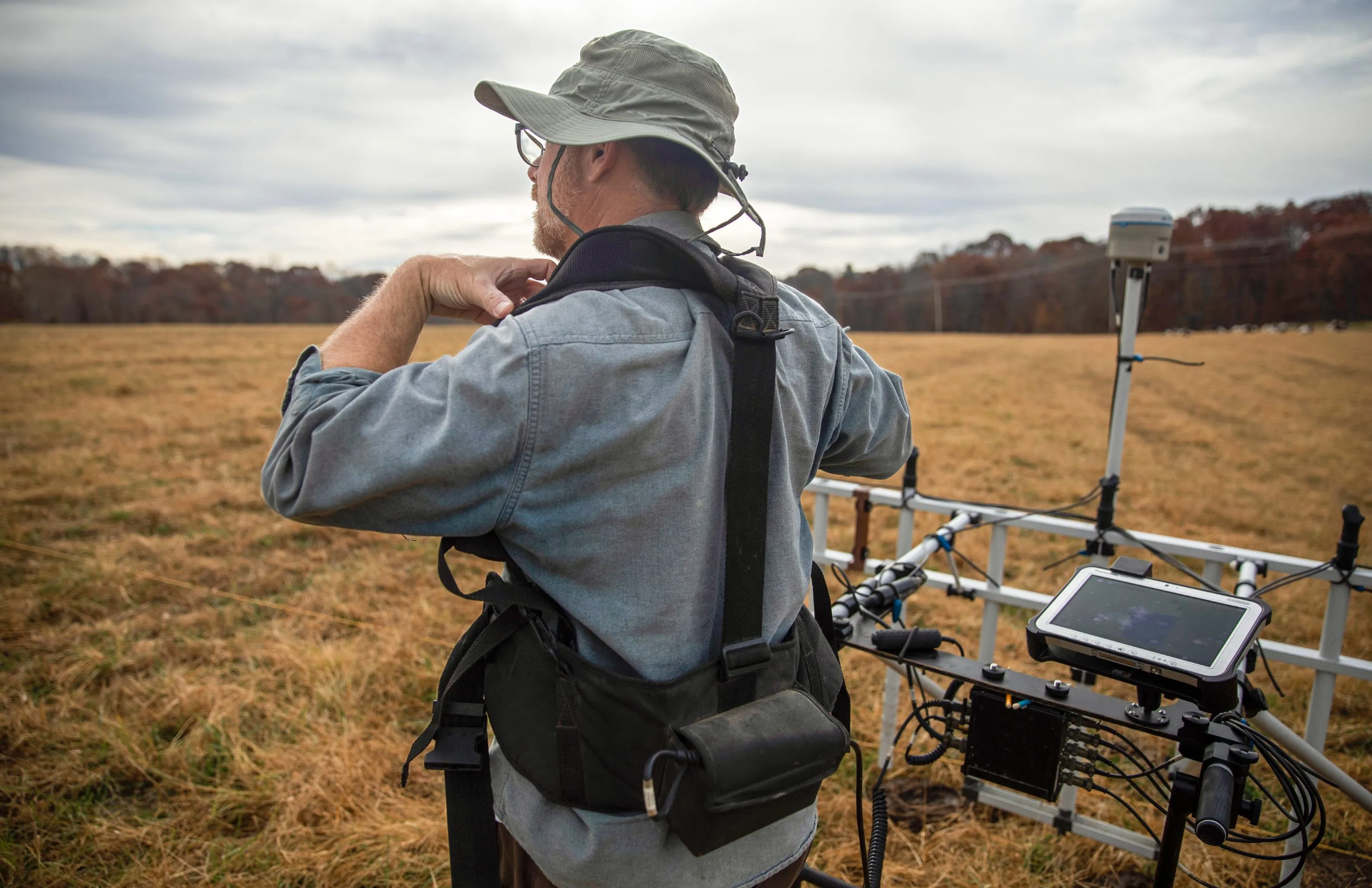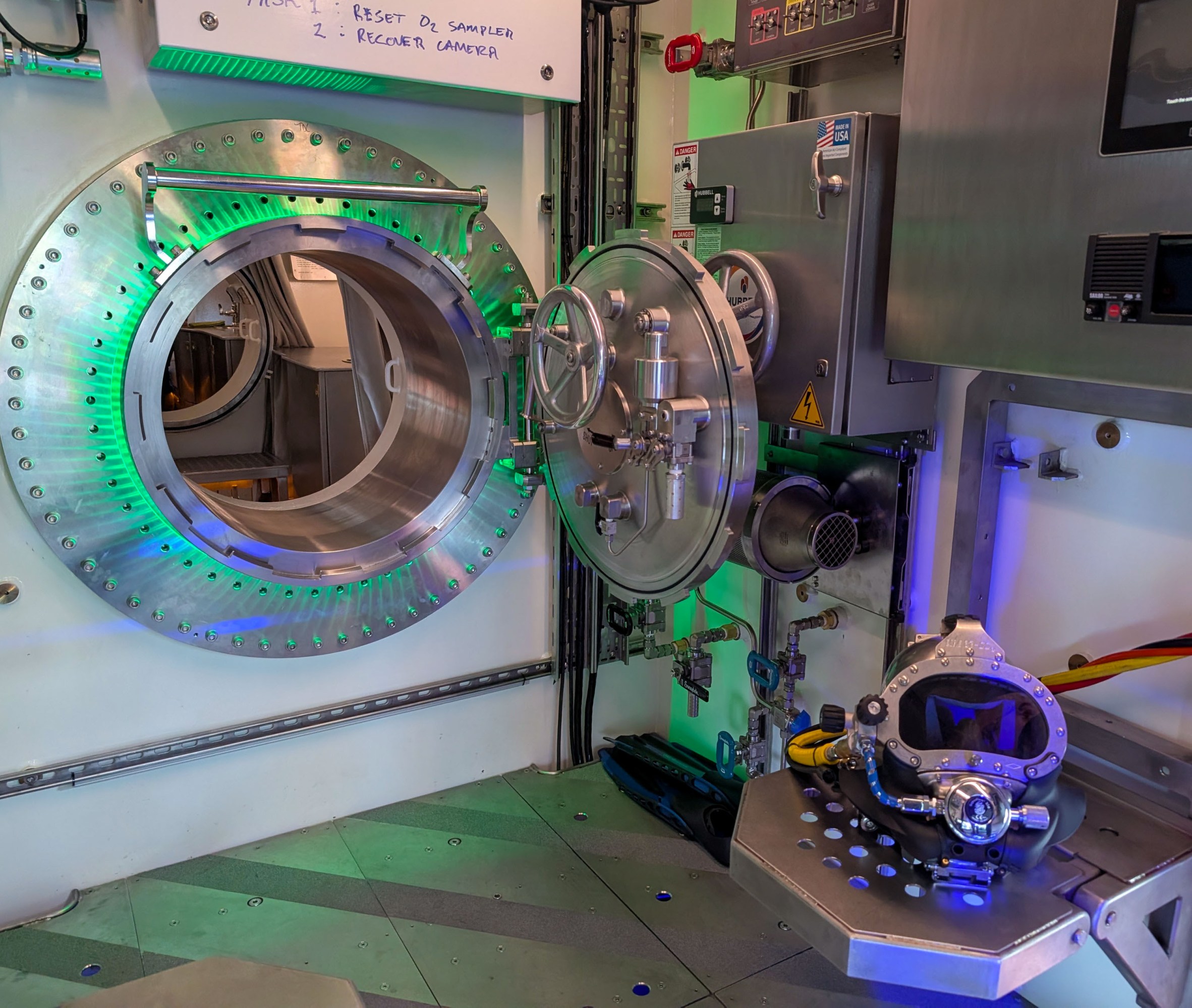
As utilities work to strengthen and modernize America’s electric grid, they face growing mechanical and environmental challenges below and between the lines. Buried grounding networks, pole grounds and substation grids must all withstand decades of stress from soil movement, moisture, corrosion and fault current events. Each of these physical forces can compromise a system’s electrical integrity — making mechanical strength as vital as electrical performance in ensuring long-term reliability.
In earlier decades, utility conductors were relatively short, stationary and installed in stable soil. Today’s infrastructure is different. Expansion into remote terrain, widespread undergrounding and the integration of renewable and distributed resources have multiplied the number of grounding paths and exposed more cable to movement, vibration and stress. These systems must remain reliable through decades of shifting soils, thermal cycling and fault events — all while supporting uninterrupted power delivery.
When a grounding conductor fails, the results can be costly. Broken bonds or weakened terminations can increase ground resistance, trigger equipment faults or leave assets unprotected from lightning and surge events. Repairs often require excavation, downtime and new material — expenses that compound across large service territories. In short, mechanical failure doesn’t just compromise safety; it undermines reliability, budgets and public confidence.
That’s why conductor strength has become a defining factor in grid resilience.
Copper-Clad Steel (CCS) conductors are engineered to meet this demand. By metallurgically bonding a copper layer to a high-tensile-strength steel core, CCS combines the conductivity of copper with the durability of steel. The result is a grounding conductor that resists stretching, breakage and deformation while maintaining long-term electrical integrity. Unlike soft copper, which can elongate or fracture under mechanical strain, CCS retains its shape and strength even after repeated mechanical or thermal stress.
That strength translates into reliability you can measure. Stronger conductors stay tight at terminations, maintain consistent ground contact and stand up to the shock of fault currents or lightning strikes without pulling loose. In substation grids, that means fewer maintenance cycles and more predictable system performance. Across transmission corridors and field installations, it means grounding that survives storms, flooding and heavy equipment movement. And in remote or unattended areas, it means protection that endures without constant inspection.
The benefits extend beyond mechanics. Because CCS contains a steel core, its scrap value is far lower than that of pure copper. That difference significantly reduces theft incentives — a persistent problem for utilities contending with vandalized grounding and stolen wire from substations, poles and renewable sites. A material that’s difficult to cut and unprofitable to resell is far less likely to disappear.
How Metallurgy Makes or Breaks Reliability
Not all CCS conductors are created equal. The long-term performance of bimetallic conductors depends on how completely and securely the copper is bonded to the steel substrate. That process — and the quality controls behind it — determine whether a conductor can maintain both strength and conductivity for decades in service. In grounding systems, where moisture, vibration and corrosion are constants, manufacturing precision is inseparable from reliability.
The most trusted CCS manufacturers apply metallurgical expertise developed over generations to ensure that the copper cladding forms a uniform, inseparable bond. Companies like Copperweld®, which pioneered copper-clad wire more than a century ago, continue to refine that process today — combining material science, quality assurance and testing to meet modern grid expectations.
When utilities evaluate conductor options, these differences in bonding quality and material consistency can be the deciding factor between a system that performs for decades and one that degrades prematurely. Expertise in bimetal manufacturing isn’t just a production detail — it shapes the grid’s long-term reliability.
As the power sector hardens infrastructure, integrates new energy resources and plans for decades of service life, conductor choice matters more than ever. The grid’s reliability is only as strong as the materials that connect it — and that makes mechanical strength a defining factor in performance over time.
Strength is the foundation of a grid built to last.
To learn more about Copperweld’s CCS grounding conductors for transmission, distribution and substation applications, visit www.copperweld.com.



















